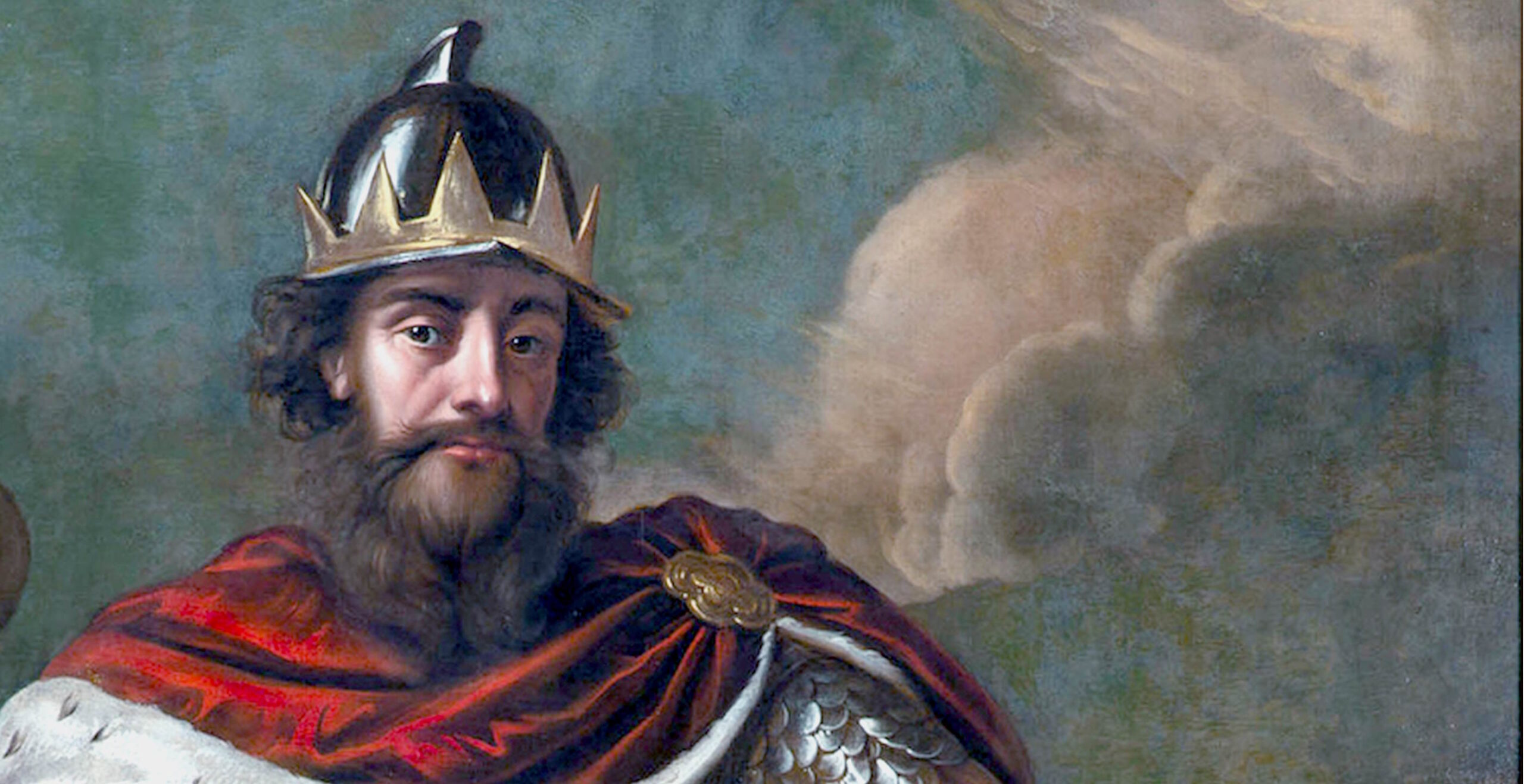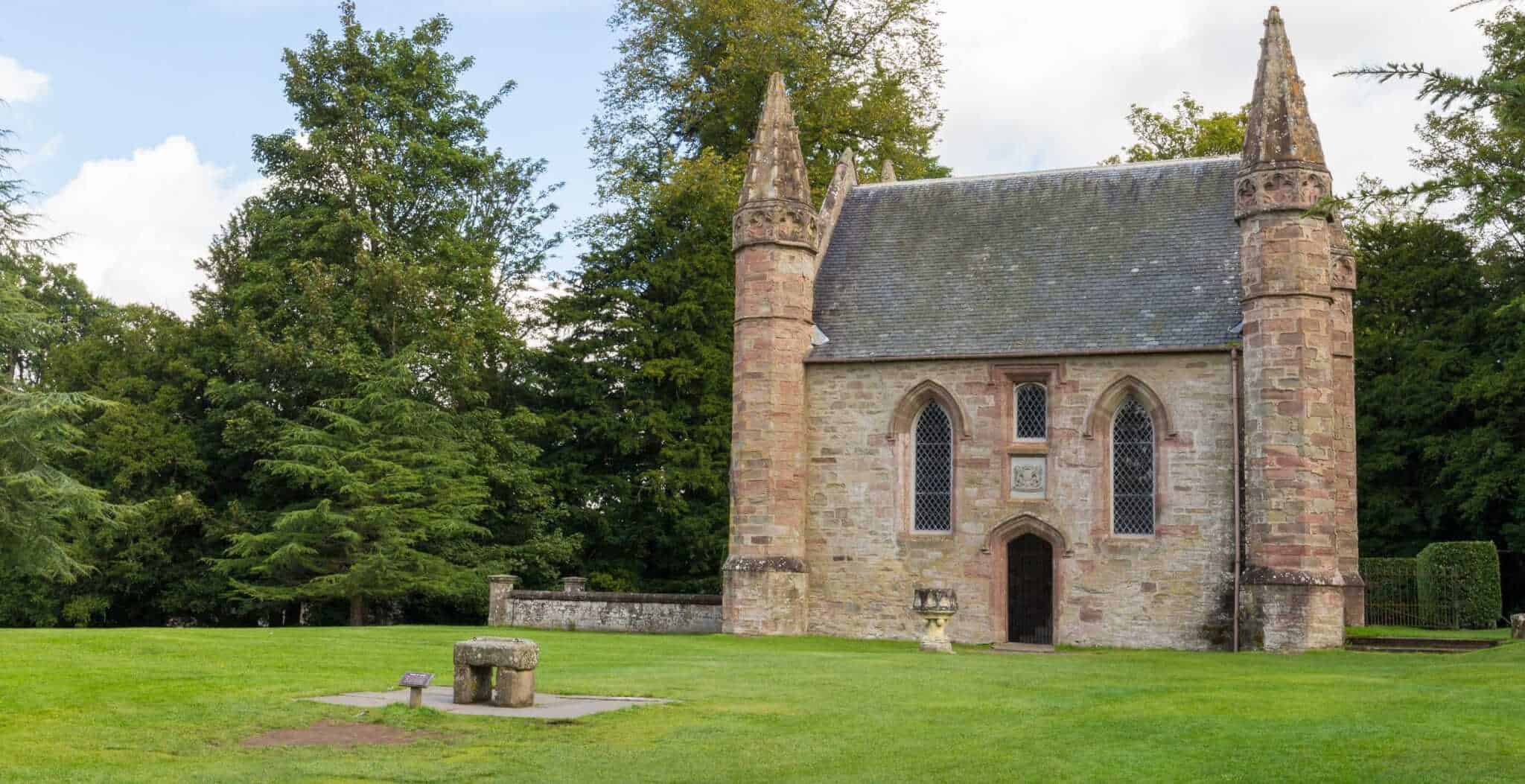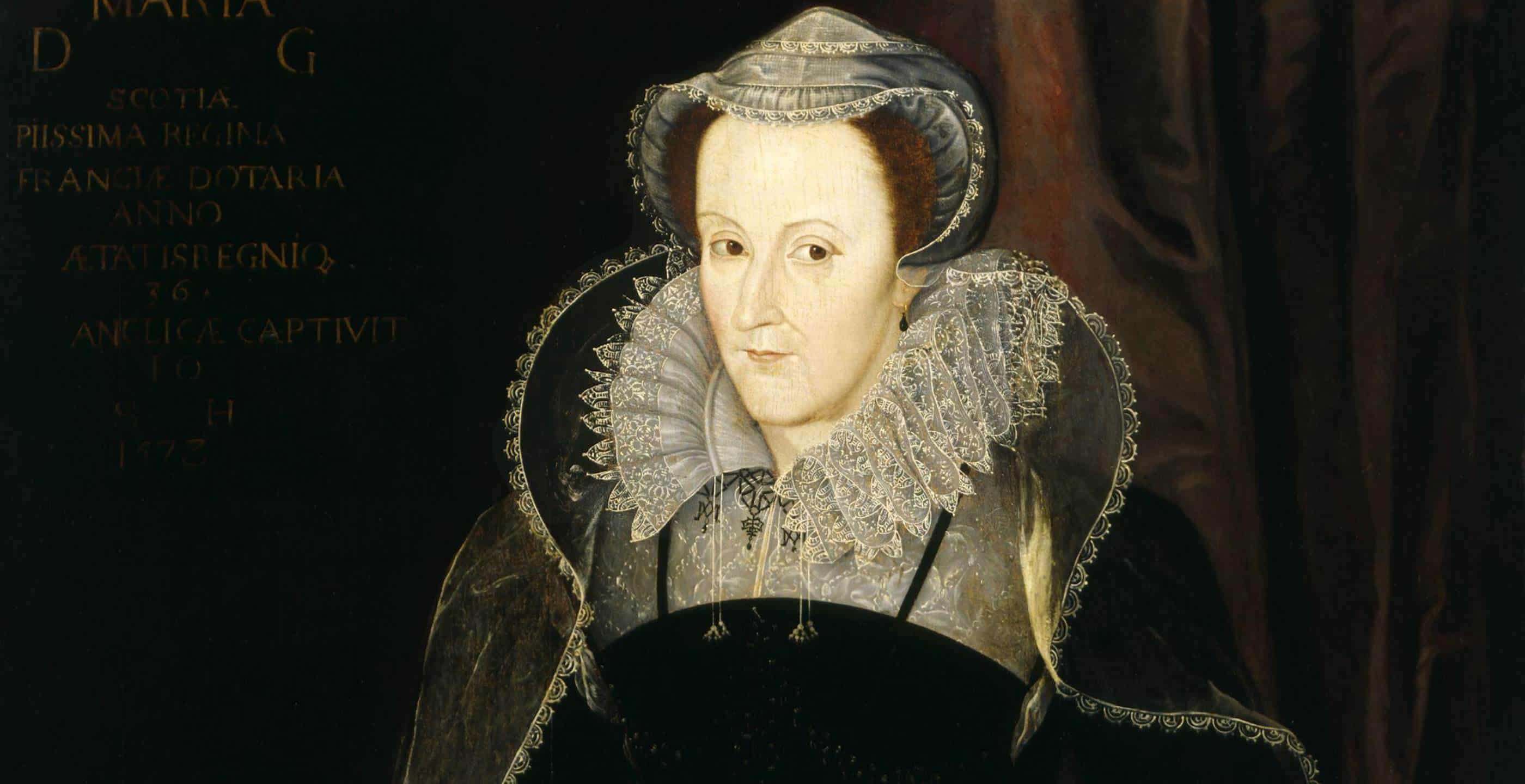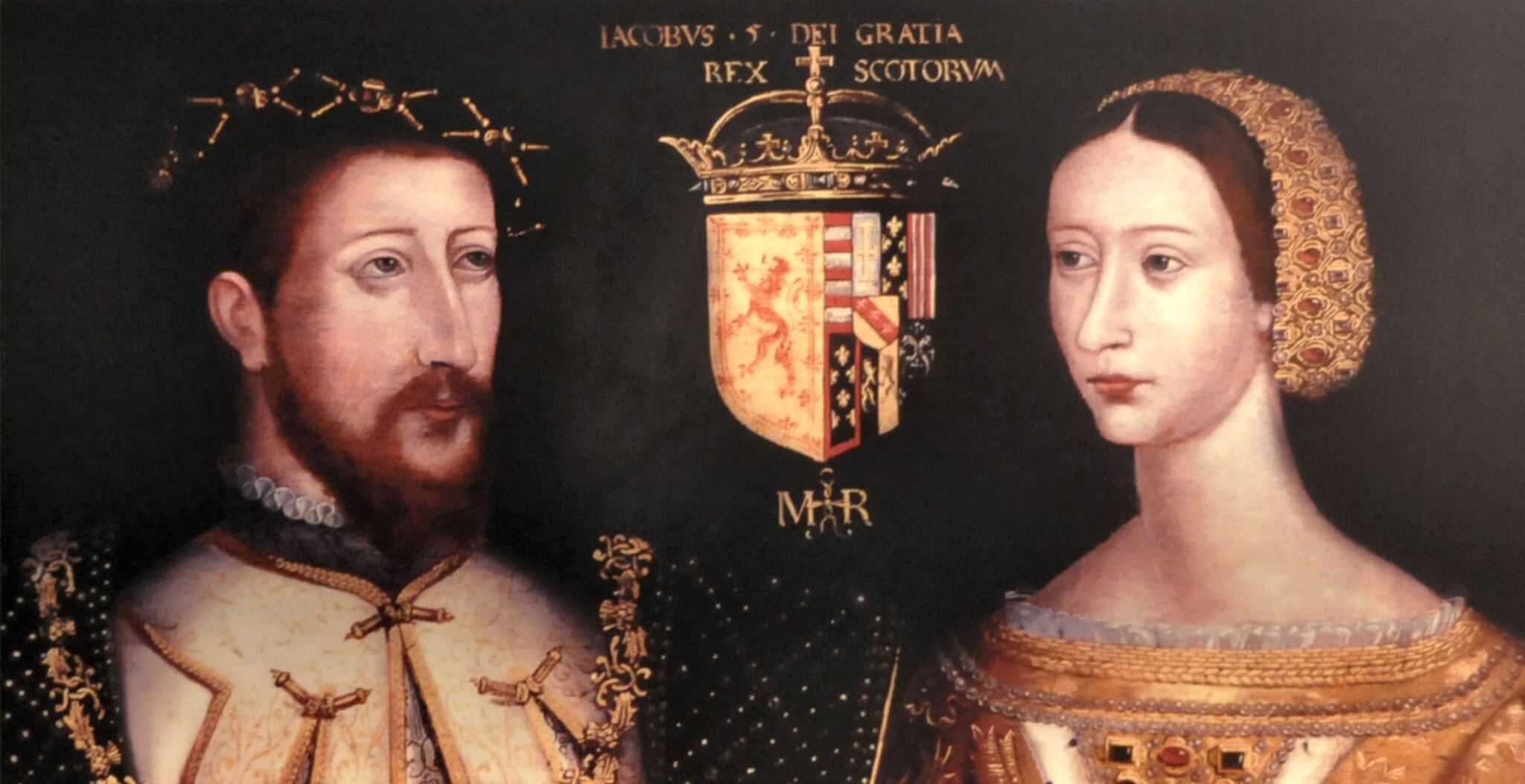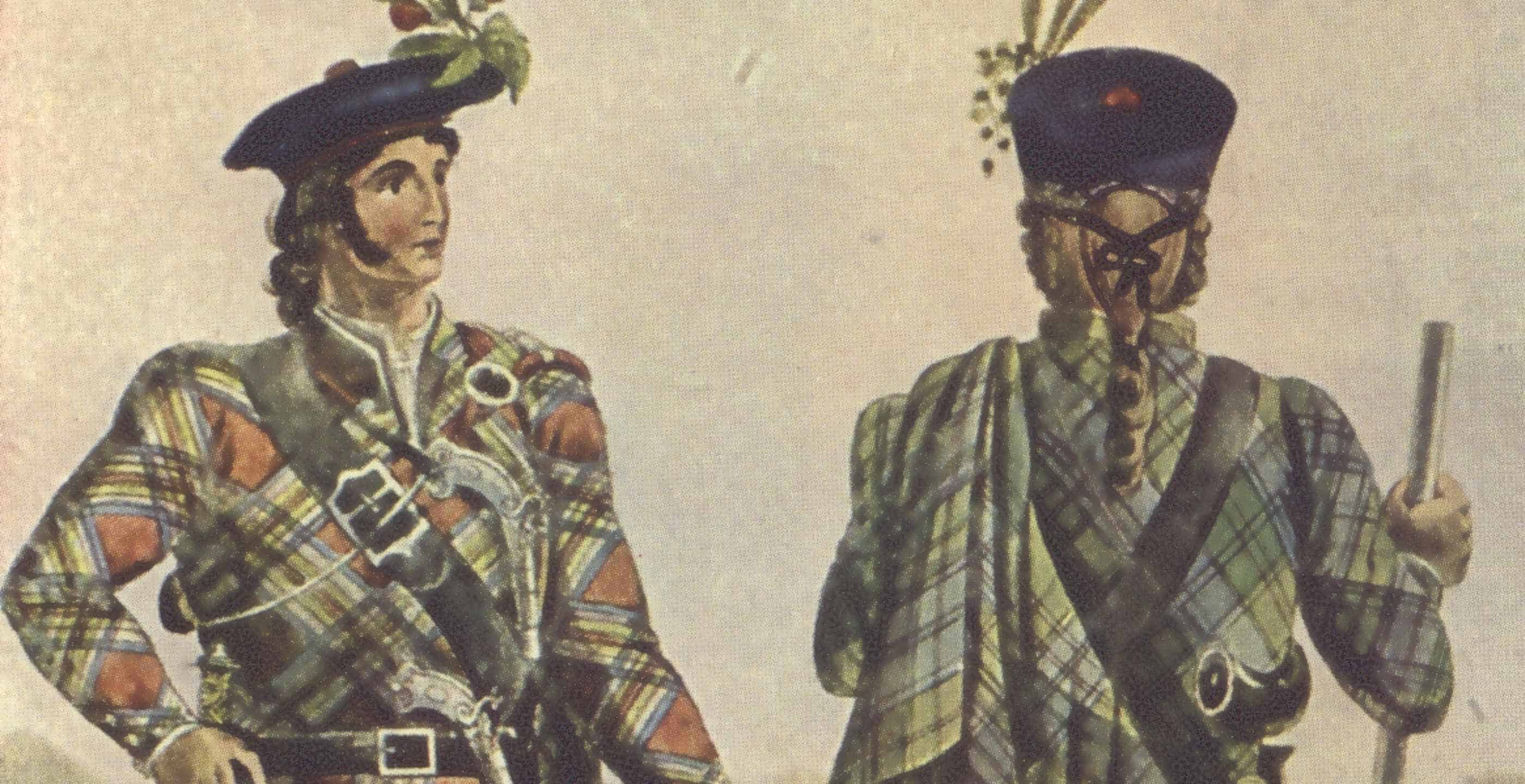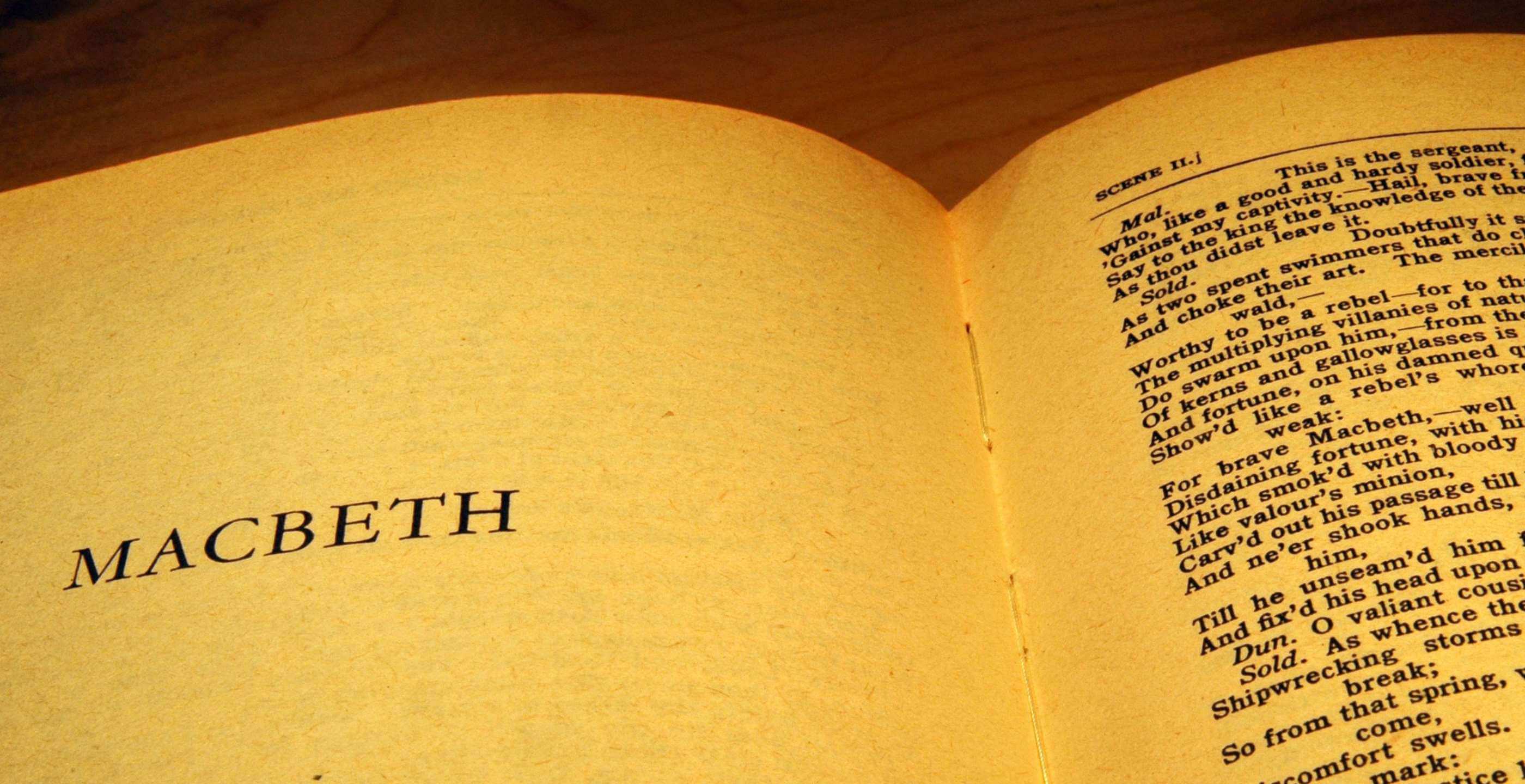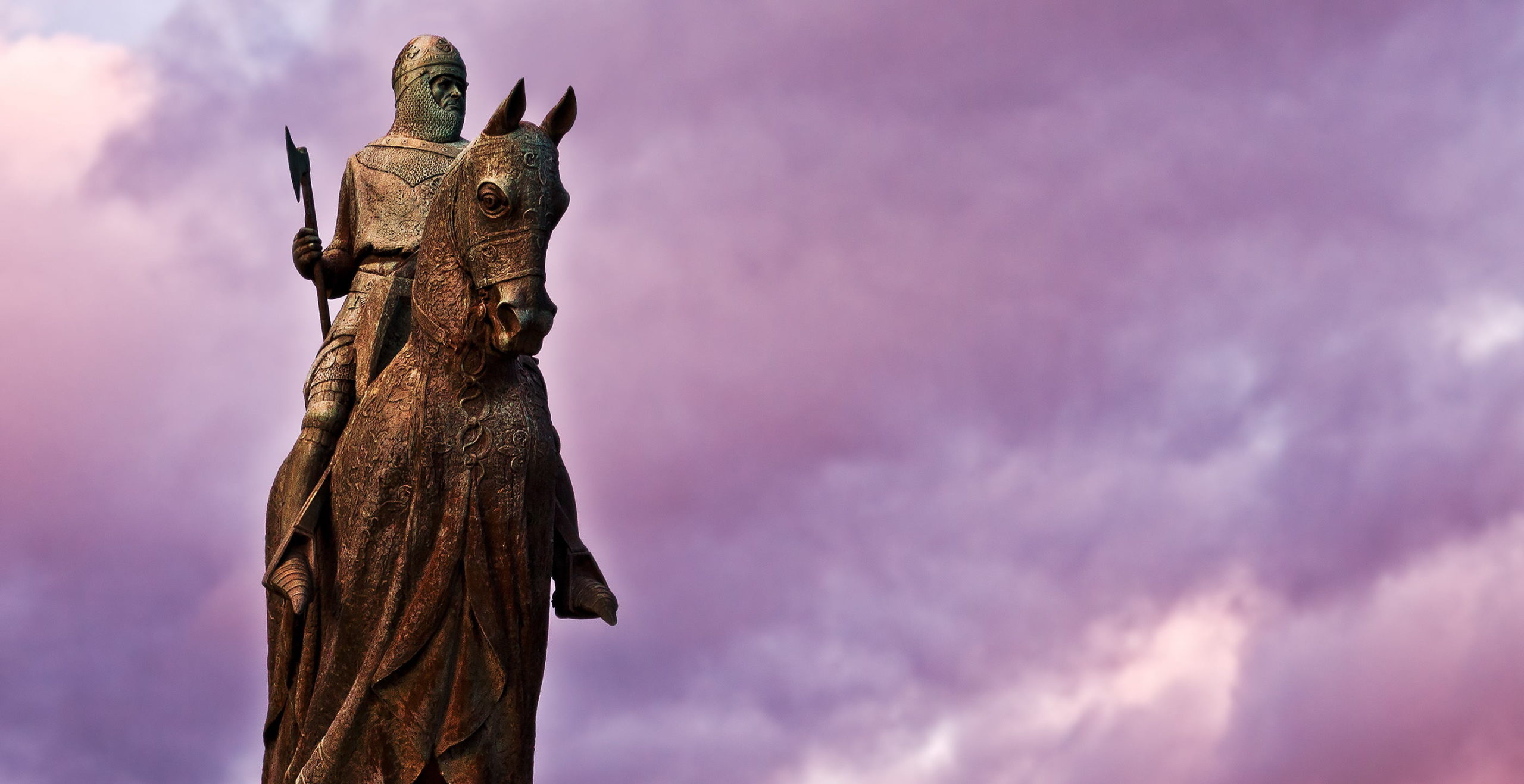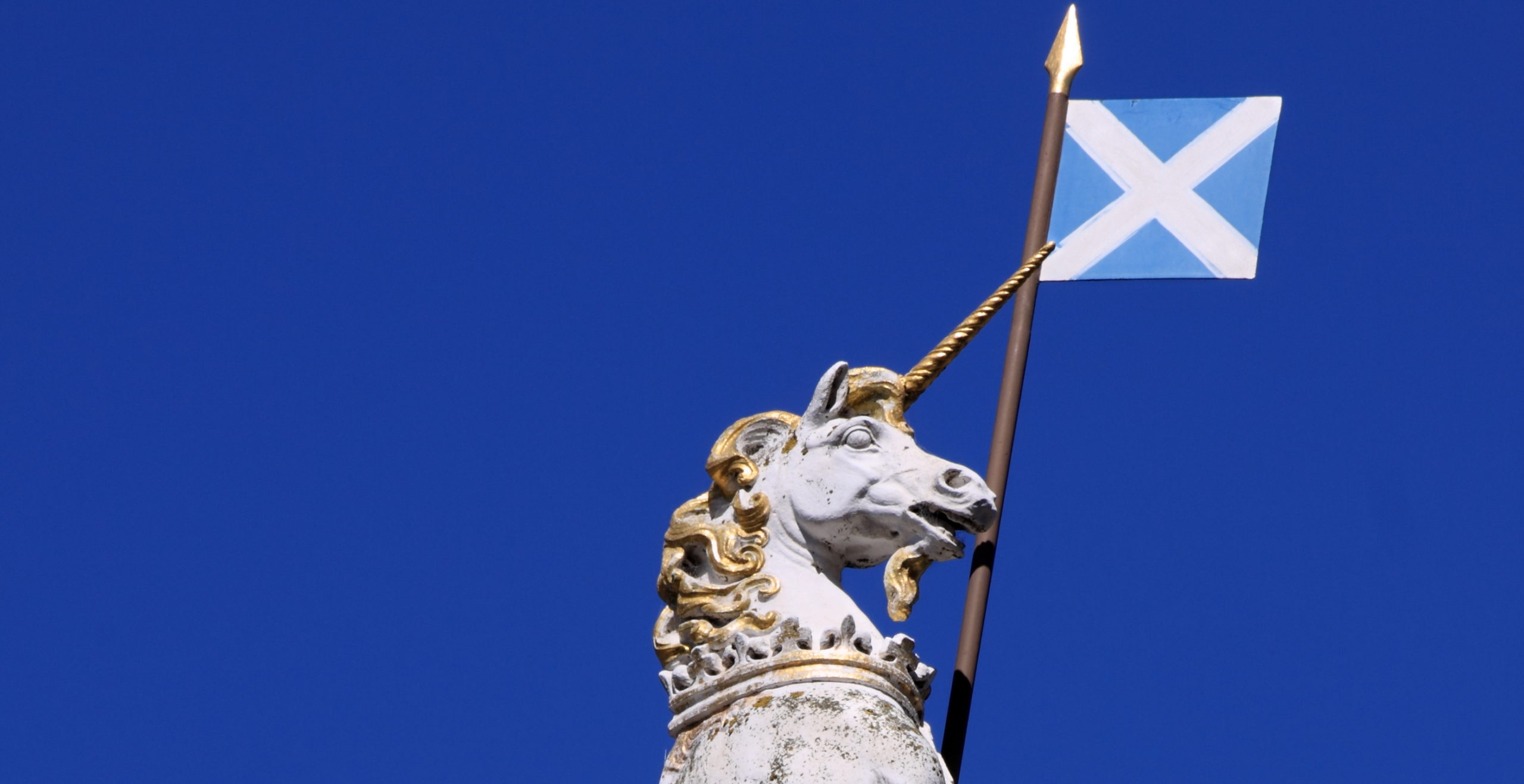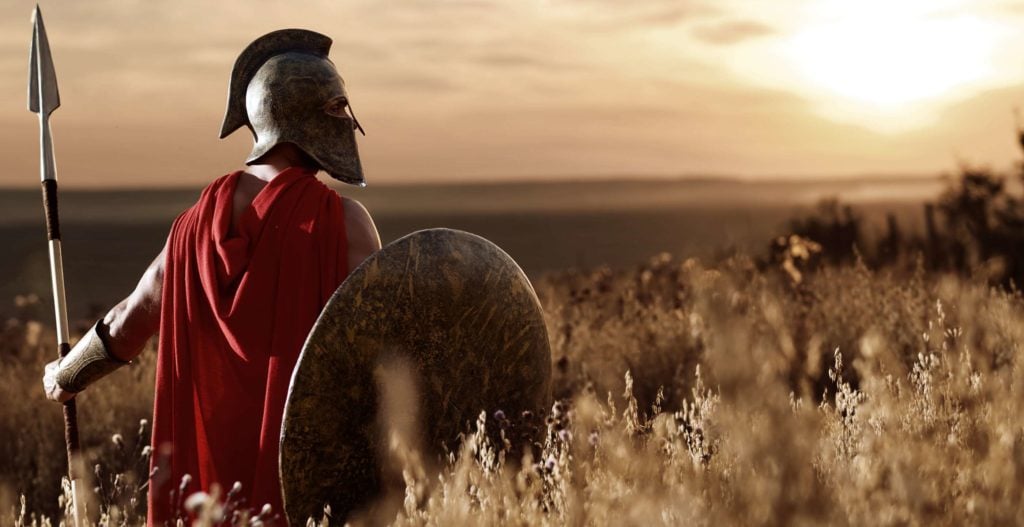A national foundation myth can exert a surprisingly powerful and enduring influence. That of Scotland is no exception. Early histories such as that of John of Fordun (1320-1387), and Walter Bower (1385-1449), whose text owes much to Fordun’s work, refer to the legend of an Egyptian princess, Scota, and her Greek (or sometimes Scythian) husband Gaythelos arriving in Spain.
They built a settlement there known as Brigantia, and had several sons, two of whom were Hiber and Hymec. Hiber occupied the island to the north of Europe (some versions state it was unoccupied previously, and others that he killed off all the inhabitants). Scotland took its name from Scotia, and Hibernia (Ireland) from Hiber. The previously Greek-Egyptian occupiers of the island of Britain then took the name of Gael from Gaythelos. The story made a neat, if unsubstantiated, explanation for the origins of Scotland and its people. Bower named his work Scotichronicon, to show it was the chronicle of Scotland and its inhabitants.
It was a good title and a good tale, and after all, why not? The English claimed their descent from Brutus of Troy, and had their London Stone. The Scots wanted to claim an equally prestigious descent, and had the Stone of Destiny to prove it. Chroniclers of both pre-modern and early modern Scotland and England attempted to interpret long periods of history for which there was little literary or other evidence at that time. The story turned up in other guises too, for instance that of Gaedal Glas, conqueror of the Scythians, in some Irish narratives. Apparent similarities between the words “Scot” and “Scythia” were stressed for commonality between the cultures.
Into competing or complementary narratives of Pict and Scot, Briton, Saxon, and Anglian, were inserted legendary or semi-legendary figures, of which Arthur is probably the best-known.
Fergus McFerchard, or Fergus I of Scotland, is much less well-known yet he had an equally important part to play in creating a national myth. By the time of the creation of the Declaration of Arbroath (1320), the Scots had a highly structured narrative to present to the Pope to persuade him of their separateness from the English. This included a distinct lineage for their rulers, one of whom was Fergus, son of Ferchard (also known as Feardach, Feradach, Ferard, or Fearthair), who was an Irish prince of the Scots, with an assumed descent from Scota and Gaythelos. Scotland’s legendary sequence of rulers began with either Fergus or his father Ferchard, depending on the account.
Fergus I was said to have arrived on the island of Britain to support the Scots who had settled there in their conflicts against the Picts and Britons. What was of great significance was the date of this event given by several chroniclers: 330 BCE, or in other words, the time of Alexander the Great’s campaign at Babylon. The choice of date was surely no coincidence. Equally importantly, Fergus I was credited with bringing the Stone of Destiny, carried away by Gaythelos and Scota, to Scotland. This coronation stone was the manifestation of the divine right to rule.
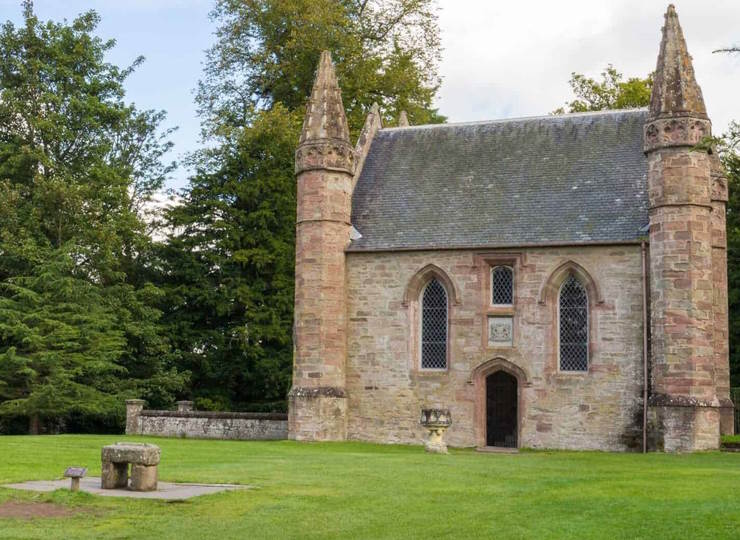
Several influential historians refer to Fergus I. As well as Fordun and Bower, Fergus appears in the work of Hector Boece, “Boethius” (1465-1536), and George Buchanan (1506-82). English chroniclers often used the work of Scottish historians to inform their own publications. Raphael Holinshed took the idea that Gruoch, an early and important queen of Scotland was no less a figure than the plotting Lady McBeth from Boece’s work. Shakespeare said “I can use that!” and the rest is history. His interpretation bears little resemblance to the real couple McBethad and Gruoch. In a similar way to this later embroidered history, Buchanan stressed the connection between Alexander’s triumphs and the arrival of Fergus I in Scotland to create a new nation.
The story wasn’t entirely without truth; it was simply that it would have been better applied to a much later Fergus, Fergus Mor McErc (died ca. 501 CE) who is more justifiably credited as being a Prince of Ireland (Dal Riata, to be precise) who supported his people in Scotland. The later ruler Kenneth I (Kenneth MacAlpin, died c. 858 CE) united the Dal Riatan Scots and the Picts to create the early medieval kingdom of Alba, which would in time become the modern nation of Scotland.
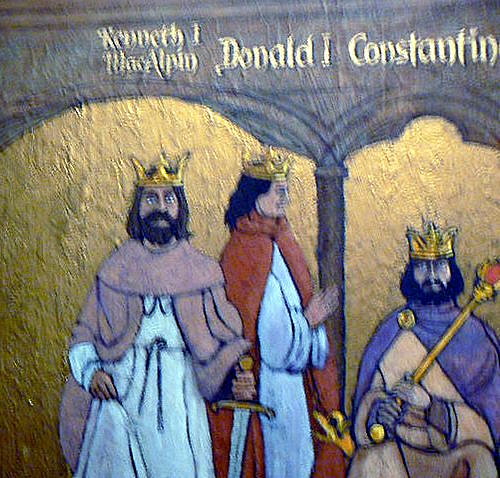
By the time the concept of “Britishness” emerged during the reign of James VI/I, new priorities were pressing on the monarch. Somehow, rather than competing mythologies, the Stuart rulers had to harmonise the past of both nations. The Stuarts were content to adopt the Scottish side of the genealogy that led back to Fergus I. When James’s son Charles I arrived in Scotland for his coronation there, his presence was celebrated by a painted sequence of 109 Scottish rulers going back into antiquity.
The legendary and semi-legendary kings continued to appear in various places. During the reign of Charles II, the painter Jacob de Wet II depicted many of the mythical kings for the Palace of Holyroodhouse, where they remain to this day. He based his portraits on those produced for Charles I by the artist George Jamesone. De Wet portrays Fergus I very much through a seventeenth century lens as a noble, ancient founder of the monarchies of the island; he wears breast armour, greaves, a crown, and a helm. His cloak is a warrior scarlet decorated with ermine and his stance, leaning on a mighty sword, conveys the authority of a ruler.
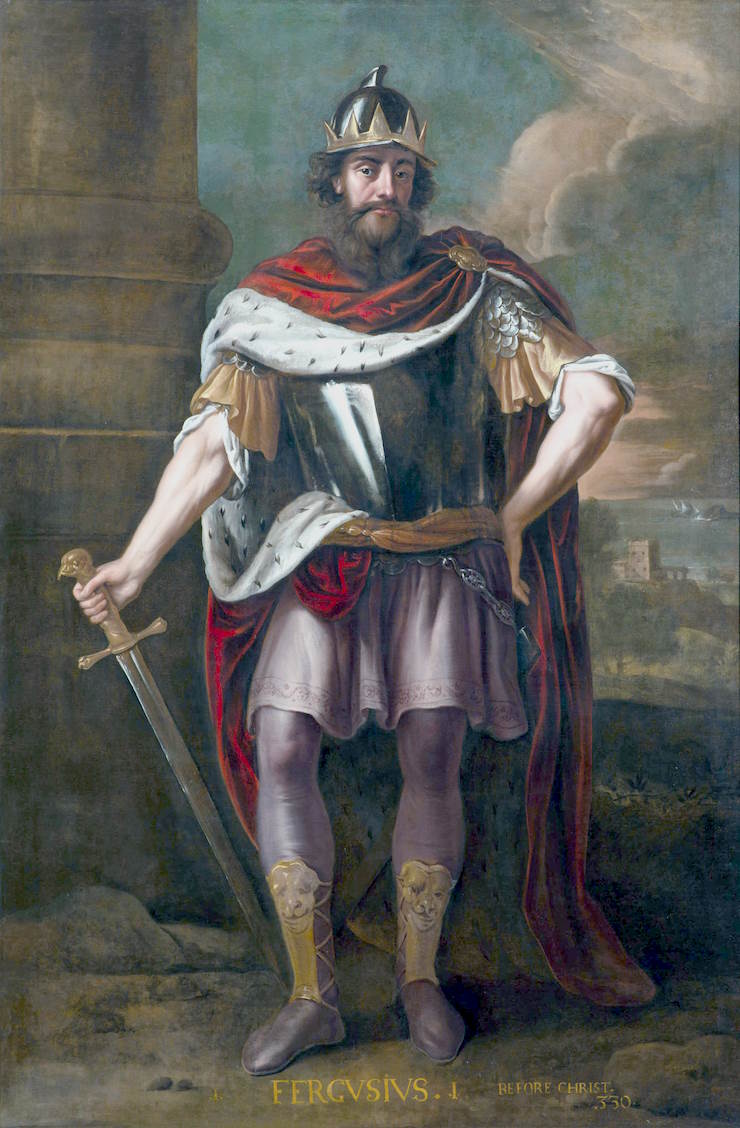
His portrait fully matches the description in Bower of the first king of Scots who “gave laws to the Scots…established a kingdom from the western Ocean and the islands right to Drumalban” and fixed the boundaries between the Scots and the Picts. Bower even alleges that Fergus can be credited with introducing the red Scottish lion on its yellow field, as well as the fleur-de-lys as an indication of the strength of the “auld alliance” with France.
The foundation myth of Scottish monarchy thus combined biblical narratives with compelling tales from antiquity, endowing the rulers of Scotland with a genealogy of great longevity, potency, and authority. The legendary Fergus I son of Ferchard played a key role in establishing this genealogy. As successive rulers came along, they became part of the mythology and the genealogy, believed by many to be divinely ordained. It’s interesting therefore, to note that one scholar, Colin Kidd, points out that all the kings depicted in the Holyroodhouse portraits, including Fergus I, have the nose of Charles II, de Wet’s patron!
Dr Miriam Bibby FSA Scot FRHistS is a historian, Egyptologist and archaeologist with a special interest in equine history. Miriam has worked as a museum curator, university academic, editor and heritage management consultant.
Published: 26th February 2024
